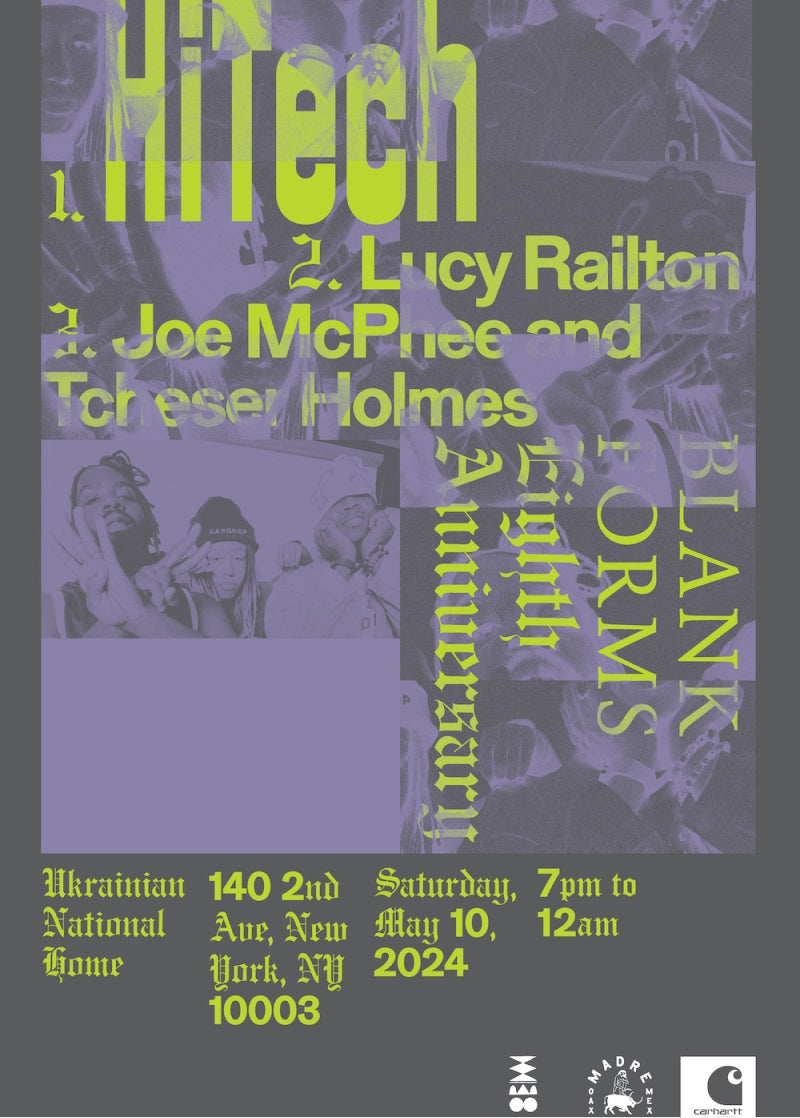Folklore, Faith & Unity: a decade of LAW magazine
Words: Paul Toner
John Joseph Holt has painted a portrait of a promising Britain over the last decade. From its inception as his final university project, LAW magazine has taken him to the furthest corners of the island he calls home, documenting untold stories, defying tradition, and embracing mundanity with the utmost romanticism since 2011.
Five years in the making, LAW’s tenth issue — made up of a triptych of magazines — is Holt’s way of knighting all that he believes to be truly great about his country. Shop fronts, local boxing gyms, youth clubs and sticky dancefloors exist in sweet harmony, all inhabited by everyday people who, in LAW’s eyes, are the icons of the nation. “It’s the final page in the first chapter of LAW,” says Holt. “The printed page has the power to immortalize people. I’m glad that we’ve been able to tell some precious stories that may have otherwise been lost.”

Paul Toner: Ten years and ten issues is a major milestone. Does it feel like the end of a chapter?
John Joseph Holt: During the last few years I’ve thought more about what’s important in life and I´ve come to realize I don’t want LAW to be an empire, because you can begin to surrender the essence of what makes it unique. LAW is very personal and autobiographical, it’s a particular viewpoint on the world. There are certain things I’ve needed to say and get off my chest, and LAW has always been a place to do that.
I lost by brother to suicide in 2017 straight after the last issue, which ripped the wind right out of my sails. He was such a big inspiration to me, I copied everything he did growing up. His sketches, riding BMXs, fishing: anything he did, I would do. Trying to make work that means a lot to you is difficult when you’re grieving, but I couldn’t stop on the ninth issue; I was determined to do the tenth one. I wanted to do my brother justice, and I can only try to honor him the best way that I can, through the work that I make.
PT: Over the years, you’ve taken the traditional elements of a fashion editorial then used that lens to capture real people instead. Why has keeping this approach been important for you?
JJH: Where I’ve grown up in The Fens, people don’t realize how special they are, or see what they do as being creative – it’s just a way of life for them. There are people out there who never realize how stylish they are. One of the first people I photographed for the magazine was this lad called Scott in Dornock, Scotland: he was wearing a two-piece Adidas tracksuit and black Adidas Sambas. I shot him against a pebbledash wall and printed it in issue one. 10 years later Scott’s wife, Judith, emailed me out of the blue saying that she thought a lot about me and the magazine over the years. I couldn’t believe that she remembered me. Unfortunately, Scott passed away in 2012, but I finally got to send Judith a copy of the magazine with his picture in it. Things like that make it all worthwhile.


PT: Issue 10 is divided into three magazines, with Jeremy Deller, King Krule and Destiny Boka-Batesa on the covers. Why did you want this trio to front the issue?
JJH: I went to see King Krule play a gig in 2012, in a small room above a pub. I was completely spellbound by this 17-year-old guy. Afterwards I went to the smoking area and asked for his address so I could send him the very first issue of LAW, which I’d just finished. He wrote the address on the inside of my coat. We kept in touch and all these years later, finally worked on something together. In the photos, he’s wearing the same jacket that I wore to the gig. I covered him in PVA glue and fired leaves at him with a leaf blower in Burgess Park in the middle of winter. You wouldn’t do that if it wasn’t for love.
It was surreal to have Jeremy Deller, perhaps the biggest champion of British folklore. When you’re growing up you never think you’re going to meet these people. With Destiny, I needed to find someone that represents what LAW stands for — for now and the future. Destiny is an incredible writer, and writes with a real fearlessness. When I spoke to them, they talked about some of the battles they’ve been through, and I hope their courage can inspire others to make it through to the other side.
PT: How would you define this past decade of LAW?
JJH: In the first issue, the photographer Jason Evans explained the difference between fashion and style, and it’s stuck with me ever since. “Fashion is an industry, style is an inherent quality,” he said. “I’m much more interested in style over fashion.” Hearing that was a complete eureka moment for me. That’s what LAW’s been about.
This article was taken from issue 06 of WIP magazine, available from Carhartt WIP stores and our online shop.



